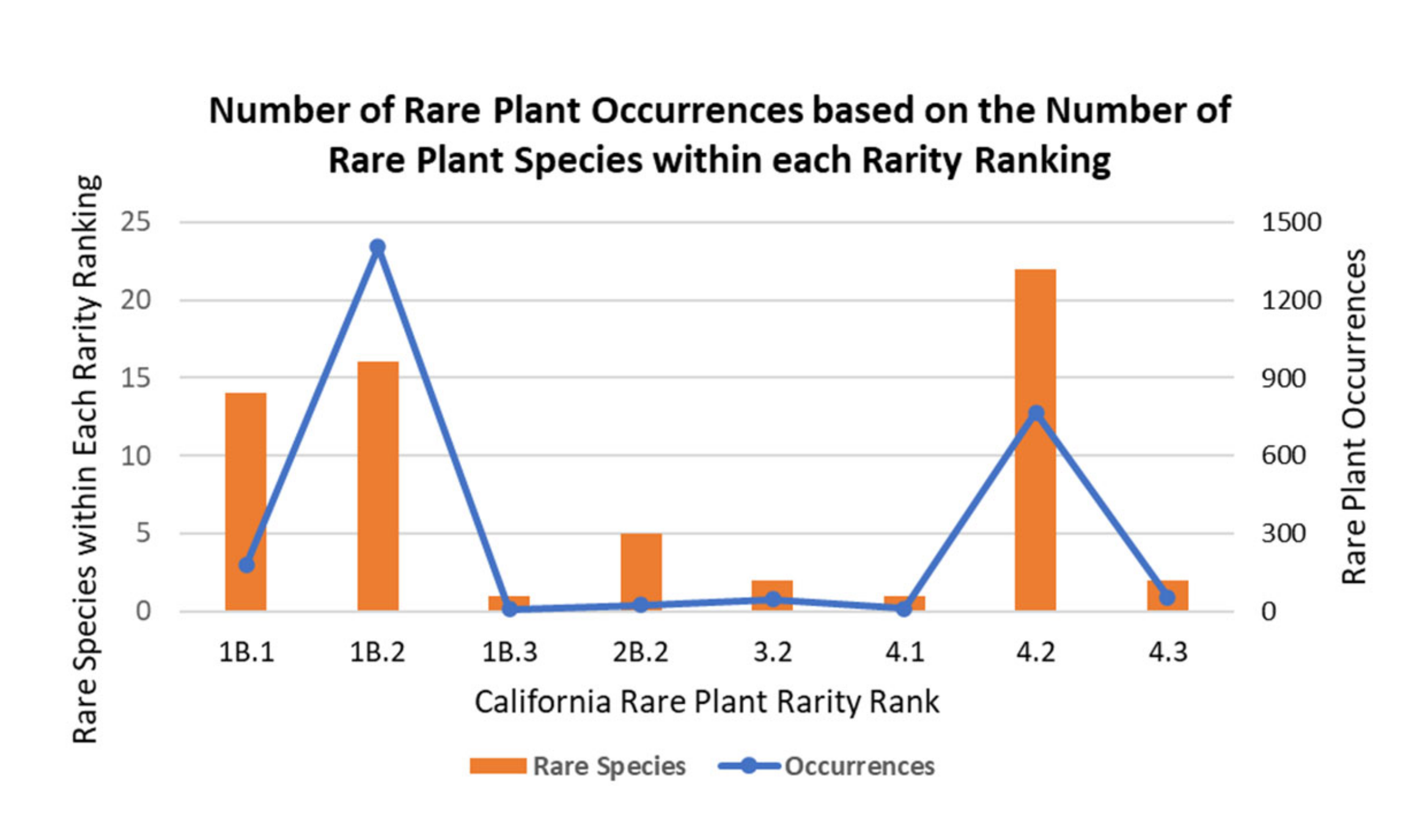

For instance, Consonant-Vowel structures – CV henceforth – are overrepresented across the world’s languages (e.g., Hyman, 2008). In this short-term longitudinal study, not only we confirmed that syllable segmentation abilities develop with reading experience and level but the Condition × Sonority interaction revealed for the first time that syllable segmentation in reading may be modulated by phonological sonority-based markedness in the absence or quasi-absence of statistical information, in particular within syllable boundaries this sensitivity is present at an early age and does not depend on reading level and sonority-unrelated features.Ĭross-linguistic evidence indicates that there are regularities across languages. Forty-eight French typically developing children were tested in April (T1), October (T2) and April (T3 20 children labeled as “good” readers, M chronological age at T1 = 81.5 ± 4.0 20 children labeled as “poor” readers, M chronological age at T1 = 80.9 ± 3.4).

More specifically, are children sensitive to a universal phonological sonority-based markedness continuum within the syllable boundaries for segmentation (e.g., from marked, illegal intervocalic clusters, “ jr,” to unmarked, legal intervocalic clusters, “ rj”), and how does this sensitivity progress with reading acquisition? To answer these questions, we used the classical illusory conjunction (IC) paradigm. Indeed, sonority – a universal phonological element – might be a reliable source for syllable segmentation. 2UFR de Sciences Médicales et Pharmaceutiques – Orthophonie, Université de Franche-Comté, Besançon, Franceĭespite the many reports that consider statistical distribution to be vitally important in visual identification tasks in children, some recent studies suggest that children do not always rely on statistical properties to help them locate syllable boundaries.1Laboratoire de Psychologie Sociale et Cognitive (LAPSCO), CNRS UMR 6024, Université Clermont Auvergne, Clermont-Ferrand, France.These phases usually occur as members of multi-phase assemblages which are required for the incorporation of the wide variety of radionuclide elements present in the waste and the non-radioactive components added during reprocessing and pretreatment.Norbert Maïonchi-Pino 1*, Audrey Carmona 2, Méghane Tossonian 1, Ophélie Lucas 1, Virginie Loiseau 1 and Ludovic Ferrand 1 Synroc, tailored ceramics, and supercalcine, have concentrated on phases which are major constituents in the formulations: zirconolite, pyrochlore, hollandite, perovskite and zircon. Previous studies of ceramic crystalline waste forms, e.g. Authors: Haaker, R F Ewing, R C Publication Date: Research Org.: Battelle Pacific Northwest Labs., Richland, WA (USA) OSTI Identifier: 6484307 Report Number(s): PNL-3505 TRN: 81-009135 DOE Contract Number: AC06-76RL01830 Resource Type: Technical Report Country of Publication: United States Language: English Subject: 12 MANAGEMENT OF RADIOACTIVE AND NON-RADIOACTIVE WASTES FROM NUCLEAR FACILITIES 58 GEOSCIENCES APATITES CRYSTAL STRUCTURE GEOCHEMISTRY PHASE DIAGRAMS RADIATION EFFECTS BADDELEYITE HEMATITE MINERALS MONAZITES PEROVSKITE SPINELS URANINITES NATURAL OCCURRENCE ACTINIDE COMPOUNDS ALKALINE EARTH METAL COMPOUNDS ALUMINIUM COMPOUNDS ALUMINIUM OXIDES CALCIUM COMPOUNDS CALCIUM OXIDES CHALCOGENIDES CHEMISTRY DIAGRAMS HAFNIUM COMPOUNDS HAFNIUM OXIDES IRON COMPOUNDS IRON ORES IRON OXIDES MAGNESIUM COMPOUNDS MAGNESIUM OXIDES MATERIALS ORES OXIDES OXYGEN COMPOUNDS PEROVSKITES PHOSPHATES PHOSPHORUS COMPOUNDS RADIOACTIVE MATERIALS RADIOACTIVE MINERALS RARE EARTH COMPOUNDS THORIUM COMPOUNDS THORIUM MINERALS THORIUM PHOSPHATES TITANIUM COMPOUNDS TITANIUM OXIDES TRANSITION ELEMENT COMPOUNDS URANIUM MINERALS ZIRCONIUM COMPOUNDS ZIRCONIUM OXIDES 052001* - Nuclear Fuels- Waste Processing 580400 - Geochemistry- (-1989)


 0 kommentar(er)
0 kommentar(er)
